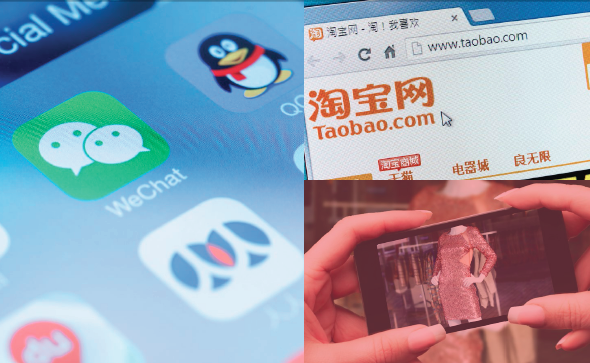Accenture’s 2015 Design and Innovation Trends Forecast
Successful organizations will form connections between services, devices and places.
If you haven’t already, take 15 minutes to read through the 2015 Annual Trends Report from Fjord (Accenture Interactive’s design and innovation practice group). This incisive document highlights the impact of digital on the real world and raises important questions about how our affinity for devices will shape both consumer expectations and service design over the next 12 months.
The authors have structured their thinking into nine core ideas:
1. Omni-Colleagues
The omni-channel approach runs the risk of ditching humans for automated touchpoints, but for digital to succeed, companies need to strategically consider which services are appropriate to manage via machines and which require human interaction.
2. Mind the Gap
Users expect a unified brand across digital touchpoints, but as our digital experiences across devices becomes more fragmented, there are four types of gaps that we need to address: the gap when we lose our bandwidth, when we move between devices, when we’re handed over between different services, and when our digital data has changed and needs to be updated.
3. Aggregation moves to services
Users have grown accustomed to Google’s aggregation of information, Facebook’s aggregation of people, and Spotify’s aggregation of music. Now they have come to expect experiences on other platforms to mirror this precedent set by these aggregating pioneers.
4. Digital Dieting
People tend to feel overwhelmed, distracted and stressed as a result of being continuously online and, as a result, want to turn off. This is creating some interesting new syntheses as digital services look for physical manifestations to help not only with awareness, but also to increase utility.
5. Emotional Interfaces
Currently we’re witnessing an expansion of emotional interface capabilities, and while machines are starting to understand more of our natural communication methods, we’re adopting new ways of expressing emotions amongst ourselves (e.g., emojis)
6. Digital Disruption goes Physical
Companies can no longer assume that just because their assets are physical, bulky, and/or expensive, they are immune from digitally-led disruption. Now that the physical world is laced with sensors and overlaid with software, digital is able to transform physical interaction with increasing acuity and reach.
7. Money Talks
Short, visual messages and quick interactions are preferred, so it’s no surprise that messaging services are merging with the e-commerce space to capture the (fleeting) attention and money of the most social users. Building on top of popular platforms and user interactions trumps any traditional brick and mortar strategy for retail.
8. Be Effortless
Many of the new devices coming to market – watches, sensors, wearables – rely on the phone for connectivity, data display, and software updates, but as we move to a system of connected services and devices, the phone’s role in experience delivery will be increasingly challenged.
9. The Sixth Sense
With ubiquitous data collection at a high level, it’s possible to build an entirely transparent and automatic service with a degree of personalization we’ve never experienced. As a result, more services are starting to anticipate what a customer might want, using smart design and data mining, before the user clicks a button and acts.



